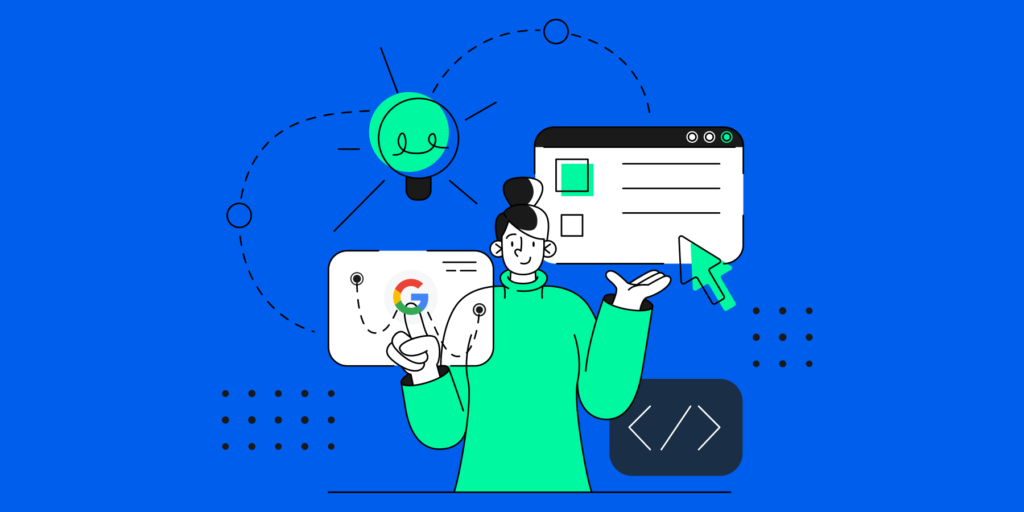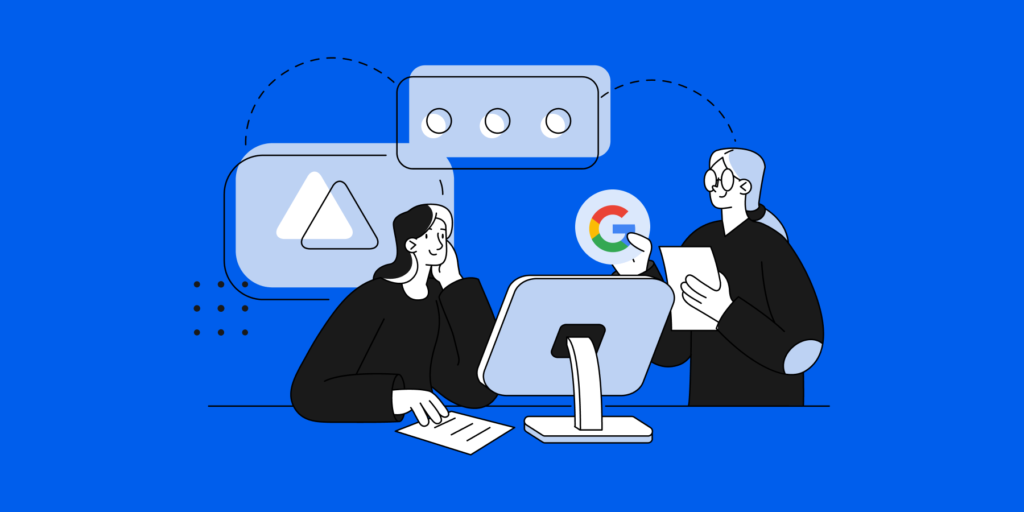Imagine your Google Workspace as a bustling digital city. Just as a city needs careful governance to thrive, your Workspace demands meticulous oversight of administrative roles. It’s not just about keeping things running smoothly—it’s about safeguarding the city’s digital walls from potential threats and ensuring every citizen, or in this case, user, benefits from a secure and efficient environment.
Note: This post is part of our series on securing your Google Workspace. Dive into our earlier discussion on Access Management Audits—an essential read for any Google admin trying to upgrade their auditing skills.

Understanding Administrator Role Audits
Administrator Role Audits are systematic checks that review and verify the roles assigned to each administrator within Google Workspace.
Think of these audits as essential inspections within our digital city, ensuring that only the right people have access to crucial areas. It’s similar to city inspectors verifying that only authorized city workers can enter specific, secure buildings. This process checks who holds what powers in Google Workspace. By doing so, it effectively prevents unauthorized access and ensures each person’s access rights align perfectly with their responsibilities.
Much like how thorough inspections contribute to a well-managed city, these audits keep our digital environment running smoothly. They ensure that administrative privileges are precisely allocated based on the principle of least privilege—giving individuals the minimum levels of access necessary to perform their duties.
The Need to Watch Out for Insider Threats
With a clearer understanding of what Administrator Role Audits involve, let’s turn our attention to a hidden alley within our digital city: insider threats.
Picture this: even in the safest cities, or in our case, teams, someone might accidentally leave a door open, leading to unintended dangers. A 2023 report highlighted that about 23% of data leaks are the result of such insider threats—often accidental but with the potential to cause significant disruption.
This is precisely why conducting thorough Administrator Role Audits is so crucial. It involves continuous monitoring and reviewing of who has admin access and ensuring that only those who truly need it for their current roles are granted such privileges.
Why Administrator Role Audits Matter
Understanding the risk of insider threats sets the stage for why Administrator Role Audits are indispensable. Let’s explore their impact:
- Security: Limits the risk of internal and external breaches by ensuring appropriate access levels.
- Compliance: Meets regulatory requirements by documenting and managing access controls and admin privileges.
- Operational Efficiency: Prevents workflow disruptions by aligning roles and access with job responsibilities.
Steps to Conducting an Effective Administrator Role Audit
With the importance of these audits established, the next question is: How do we conduct them effectively?
Here are the key steps to ensure your audit is thorough and actionable.
- Identify Current Administrators: List all users with administrative access in your Google Workspace.
- Review Assigned Roles and Permissions: Evaluate whether each administrator’s access level is necessary for their job functions.
- Update Access as Needed: Adjust, add, or remove administrator roles based on current needs and responsibilities.
- Implement Regular Audit Schedules: Establish a routine (e.g., quarterly or bi-annually) to review administrator roles and access rights.
- Document Changes and Justifications: Keep a record of all changes made during the audit process for accountability and compliance.
Best Practices for Administrator Role Audits
Having detailed the steps for a successful audit, it’s equally important to adhere to best practices that can enhance the audit process even further:
- Automate Audits Where Possible: Use tools that can help automate the audit process, saving time and reducing errors.
- Educate Your Administrators: Ensure that all administrators understand their roles. Furthermore, ensure they know the importance of security practices, and the consequences of unauthorized access.
- Engage with Third-party Security Assessments: Bringing in an external party to occasionally review your administrator roles and access controls offers an unbiased perspective. This external assessment can provide fresh insights into enhancing your security posture.
Embracing the Future: Zero Trust and Administrator Role Audits
In today’s ever-evolving cybersecurity landscape, adopting the Zero Trust security model within Google Workspace has become increasingly important.
Unlike traditional security models that operate under the assumption that everything inside an organization’s network can be trusted, Zero Trust insists on “never trust, always verify.” This means no user or device is considered inherently safe—each access request is rigorously verified, regardless of its origin.
For Administrator Role Audits, this shift towards Zero Trust principles means an enhanced focus on real-time verification of activities and access requests, moving beyond mere identity checks. This approach aligns perfectly with the dynamic nature of Google Workspace, where users interact with various services and data across multiple devices.
By continuously validating administrator actions and access, we introduce a robust layer of security that actively minimizes the potential for unauthorized access.

Simplify Admin Tasks with GAT Labs
While best practices provide a framework for thorough audits, GAT Labs offers tools that simplify these processes, making it easier to manage and secure your Google Workspace.
Keeping your Google Workspace safe means having just a few trusted admins and making sure they use two-factor authentication (2FA). But, lots of important tasks usually need an admin’s touch, which can lead to more people getting admin rights than really necessary.
Here’s where GAT Labs shines. With features like GAT+ ‘Delegated Auditors‘, you can give specific tasks to non-admins without giving them full admin powers. This means tasks that used to need a Super Admin, like checking over Google Calendars or managing files, can now be done by other team members safely.
This not only keeps your Workspace tidy and secure but also lets your main admins focus on the big stuff, all while carefully controlling who has access to what.
Conclusion: Building a Secure Foundation with Ongoing Audits
Remember, securing your Google Workspace doesn’t end with a single audit. Administrator Role Audits are an ongoing journey towards a robust security posture.
By regularly reviewing and adjusting administrator privileges, you safeguard your organization against security threats. Furthermore, you ensure regulatory compliance and enhance operational efficiency.
Ready to fortify your Google Workspace? Embrace proactive audits and explore how GAT Labs can empower your security efforts. Dive into our comprehensive guide and take the first step towards a more secure workspace today.
Stay in the loop
Sign up to our newsletter to get notified whenever a freshly baked blog post is out of our content oven.






